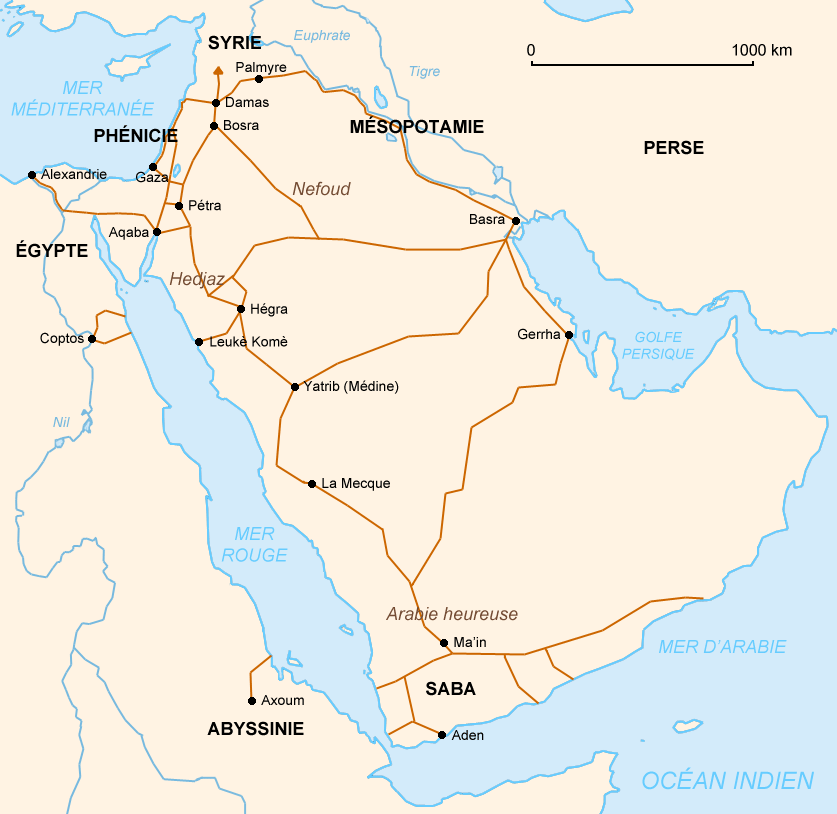This has probably been done to death, as most things involving ATG, but I keep hearing people talk about his tactical innovations he was working on deploying in his future campaigns, until he died. I can't find anything about it, and am curious, he would have had a Total War type recruitment pool at his disposal with the Hellenistic units of Europe and the Asian missile specialists, elephants and such. If anyone can point me in the right direction of info I'd really appreciate it.
Thanks alot.




 Reply With Quote
Reply With Quote
















